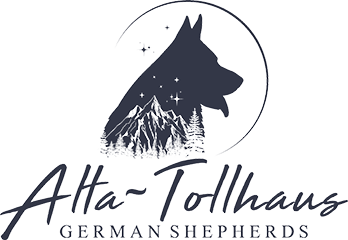*Made by Diamond Pet Food Company: http://en.wikipedia.org/wiki/
*Fish Meal: According to US Coast Guard Regulations that all fish, not destined for human consumption, is preserved with Ethoxiquin “at sea”. The dog food company does not have to list Ethoxyquin on their label because THEY did not add it to their food, but cooking will not eliminate it! The ONLY way fish is preserved naturally “at sea” is if the manufacturer has a special signed agreement with the fishery and passes CG inspection. Other problems: it is a USDA registered pesticide and uses as a hardening agent in the manufacture of rubber and tires. Ethoxyquin has been “implicated in birth defects, stillborn puppies, liver failure, infertility and cancer”.
*Egg Product (doesn’t say USDA Inspected Whole Eggs): Eggs rejected for human use are turned into powdered or liquid for use by the pet food industry. Also, condensed information from “Poultry Science Association”: “acidified egg liquids are treated with 92% equivalency of 3.4 N NaOH after which egg meats were cooked and incorporated into a specialty pet food formulations.” NaOH is sodium hydroxide, commonly known as caustic or LYE….a CORROSIVE!
*Brewers Dried Yeast: Although it contains B’s and trace minerals, these could be compromised depending on WHERE the B Yeast came from, ie: if it came from the left over’s of brewing beer….not so good. But the main thing is that it is a common allergen to a lot of dogs. Also there are several references to it causing bloat.
*Copper Sulfate: You’ll find this in a great percentage of dog foods. Build’s up in a pets system when fed daily.
Application sites: Primary use is to control algae growths in impounded waters, lakes, ponds, reservoirs, and irrigation and irrigation drainage conveyance systems. Other sites include foliar applications for control of foliar pathogens on fruit, nut, vegetable, and field crops, ornamentals, and agricultural and home garden uses. Copper sulfate is also registered for use as a weed seed treatment, for treatment of tree wounds, for control of fungi and fungal/bacterial slimes occurring in wood, and in water systems, including sewer pumps and force mains, pulp and paper mills, cooling towers and spray ponds.
*Sodium Selenite (Selenate) You will find this in almost every dog food! It builds up in a pets system because of feeding it every day. The Journal of American College of Nutrition reports not much was known about which selenium compounds to approve for use in animal feeds when the decisions were made back in the 1970’s. “At the time the regulatory action was taken, only the inorganic selenium salts (sodium selenite and sodium selenate) were available at a cost permitting their use in animal feed.” http://www.jacn.org/cgi/conten
Science has since learned that these inorganic selenium sources (sodium selenite most commonly used in pet foods) can be toxic in high doses; effecting an animal’s blood, liver, and muscles. ScienceLab.com states sodium selenite “may be toxic to blood, kidneys, liver, skin, central nervous system. Repeated or prolonged exposure to the substance can produce target organs damage. Repeated exposure to a highly toxic material may produce general deterioration of health by an accumulation in one or many human organs.” http://www.sciencelab.com/msds



Ugh! It is all about packaging and marketing. Many dog food brands are made by Diamond. Although, it takes a super sleuth like Karen to discover it.
When you read the label, at first glance it doesn’t look too bad—with the first two ingredients being chicken and chicken meal. Karen, thank you for sharing your wealth of knowledge with us.